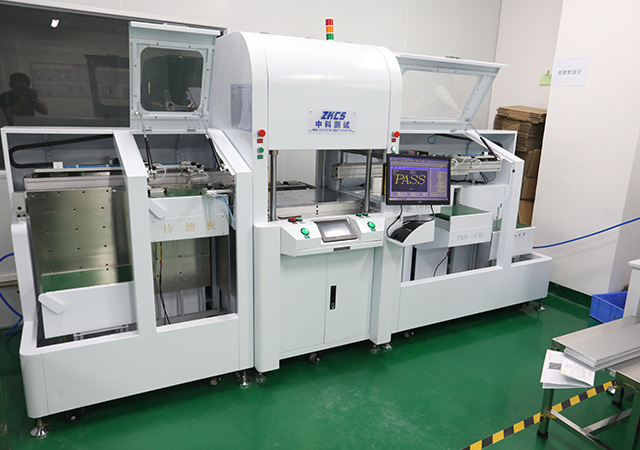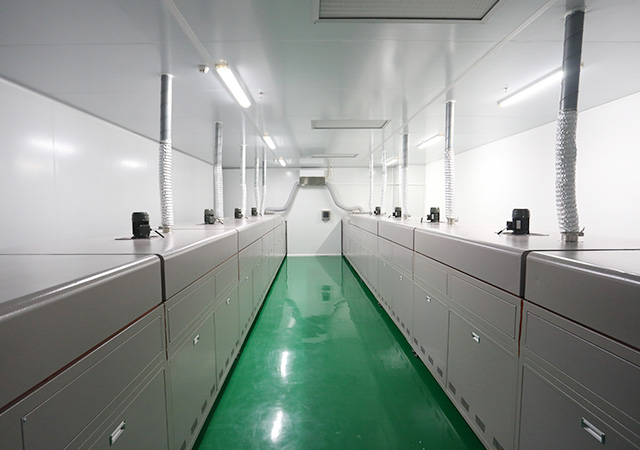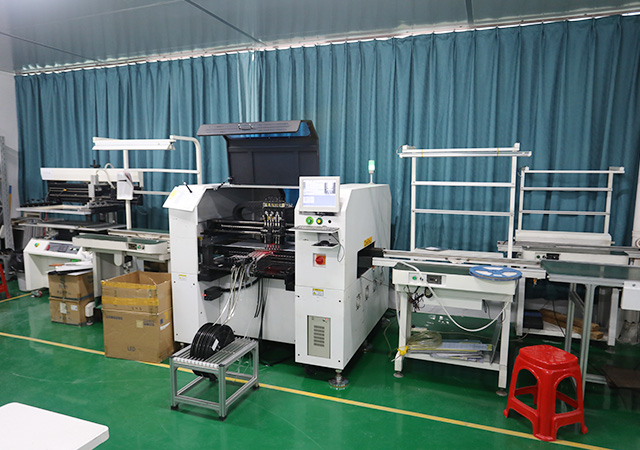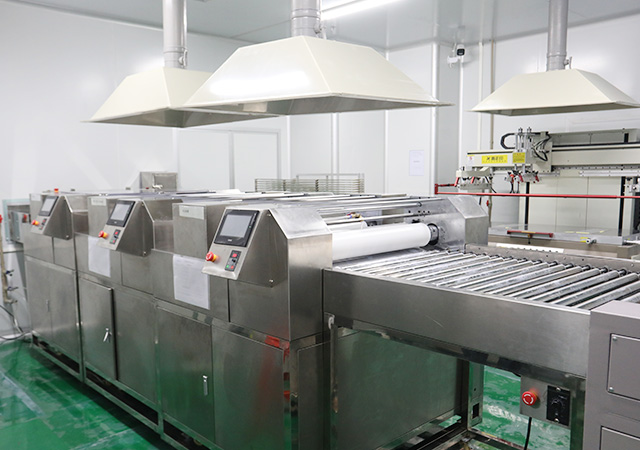-
- PCB TYPE
- PRINTED CIRCUIT BOARD PROTOTYPE ALUMINUM PRINTED CIRCUIT BOARD R&F PCB FPC HIGH FREQUENCY PCB HIGH-TG PCB HEAVY COPPER PCB HDI PCB PCB FOR LIGHTING METAL CORE PCB

Master the essentials of 10Gbps PCB design with our comprehensive guide. Discover key tips on material selection, impedance control, and trace routing for optimal performance.

Find the perfect PCB manufacturer for your project by considering expertise, quality, and cost. Ensure success with a partner that meets your design and assembly needs.

Explore HDI PCB manufacturing techniques and their significance in creating compact, high-performance devices. Discover key processes and benefits in modern electronics.

Discover the precision and efficiency of laser drilled HDI PCB production, crucial for creating compact, high-performance electronic devices.

Discover the benefits and manufacturing process of Microvia HDI PCB manufacturing, a key technology for high-performance, compact electronic devices.

Got project ready to assembly? Contact us: info@apollopcb.com



We're not around but we still want to hear from you! Leave us a note:

Leave Message to APOLLOPCB
